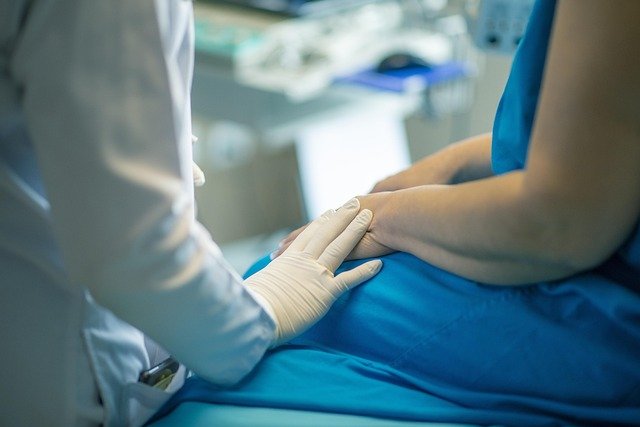Liposuction Explained: Comprehensive Guide to Fat Removal
Discover how liposuction can sculpt stubborn fat pockets when diet and exercise aren’t enough. This comprehensive guide covers common treatment areas, recovery timelines, risks, costs, and how to maximize results. Learn what to expect from surgical fat removal and whether you’re a good candidate for body contouring.

Liposuction is a surgical technique used to remove localized fat deposits and refine body contours. While it is not intended as a primary weight-loss method, liposuction can target pockets of fat resistant to diet and exercise, improving proportions and shape when performed by a qualified surgeon.
Common areas treated
Liposuction can be applied to many parts of the body where excess fat collects. Typical treatment sites include:
- Abdomen and waist
- Thighs and hips (inner and outer thighs)
- Arms and back
- Chin and neck
- Chest (including male gynecomastia-related fullness)
- Ankles and calves
Surgeons select treatment areas based on the patient’s goals, fat distribution, and skin quality. Multiple areas can be addressed during a single session depending on safety and anesthesia considerations.
Types of liposuction techniques
Several approaches exist, each with its own advantages:
- Traditional (tumescent) liposuction: the most common method, using fluid infiltration and suction to remove fat through small incisions.
- Ultrasound-assisted liposuction (UAL): uses ultrasound energy to loosen fat before suctioning, which can be helpful in fibrous areas.
- Laser-assisted liposuction (LAL): applies laser energy to melt fat and may encourage some skin tightening.
Your surgeon will recommend the technique best suited to your anatomy and goals.
What to expect during recovery
Healing varies by individual but generally follows a predictable course. Initially, compression garments are worn to minimize swelling and help the skin conform to newly contoured areas. Typical recovery milestones include:
- Return to desk work and light activity: usually within 1–2 weeks
- Avoidance of strenuous exercise or heavy lifting: about 4–6 weeks
- Gradual reduction of swelling with final contours appearing over 3–6 months
Patients commonly experience bruising, numbness, and discomfort in the treated zones for several days to weeks. Following postoperative instructions, wearing compression garments, and attending follow-up appointments all support smoother recovery and better outcomes.
Risks and safety considerations
As with any surgical procedure, liposuction carries potential risks. Discuss these with your surgeon so you understand them before consenting. Common risks include:
- Infection and bleeding
- Irregularities in contour or asymmetry
- Accumulation of fluid (seroma)
- Changes in skin sensation, such as numbness or tingling
- Delayed wound healing or scarring
- Adverse reaction to anesthesia
Choosing a board-certified plastic surgeon or qualified specialist and following pre- and postoperative guidance reduces the likelihood of complications.
Costs and insurance coverage
Costs for liposuction vary based on technique, treated areas, surgeon experience, facility fees, and geographic location. Below is a general pricing overview for common approaches.
| Procedure Type | Average Cost Range | Additional Fees |
|---|---|---|
| Traditional Liposuction | $3,500 - $7,500 | $1,000 - $2,000 |
| Ultrasound-Assisted | $4,500 - $8,500 | $1,200 - $2,500 |
| Laser-Assisted | $5,000 - $9,000 | $1,500 - $3,000 |
Prices, rates, or cost estimates mentioned in this article are based on the latest available information but may change over time. Independent research is advised before making financial decisions.
Insurance rarely covers cosmetic liposuction unless the procedure is medically necessary (for example, to correct deformity or treat a condition). Verify coverage details with your insurer and ask your provider for an itemized cost estimate.
Selecting the right candidate and achieving optimal results
Good outcomes depend on realistic expectations and appropriate patient selection. Ideal candidates typically:
- Are within roughly 30% of their ideal body weight
- Have firm skin with good elasticity
- Maintain a stable weight and healthy lifestyle
Liposuction provides permanent removal of fat cells from treated areas, but remaining fat cells can still enlarge with weight gain. Long-term results are best preserved through balanced nutrition, exercise, and healthy habits.
Final considerations
Preparing for surgery means discussing goals, reviewing your medical history, and understanding the recovery timeline and potential side effects. Ask to see before-and-after photos from your surgeon, inquire about their experience with the specific technique you’re considering, and make sure you feel comfortable with the facility and team.
This article is for informational purposes only and should not be considered medical advice. Please consult a qualified healthcare professional for personalized guidance and treatment.





